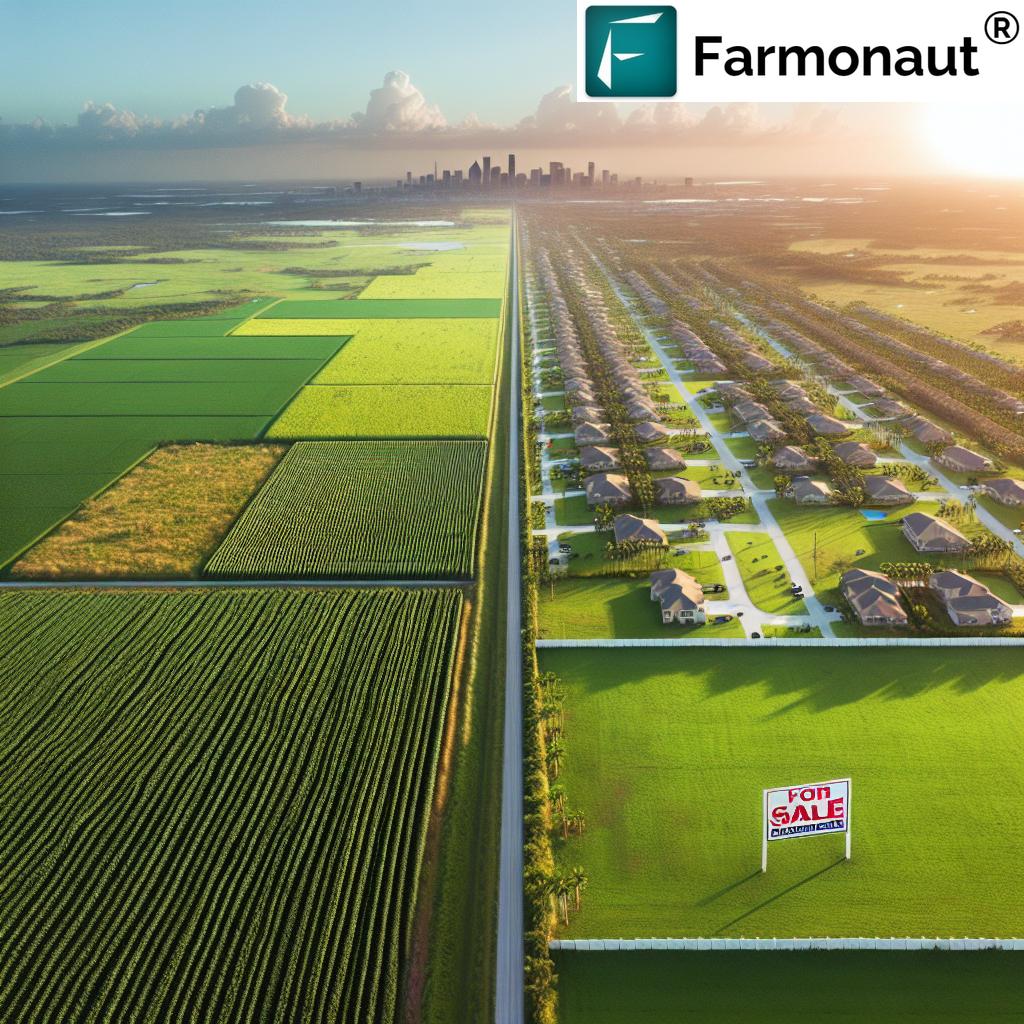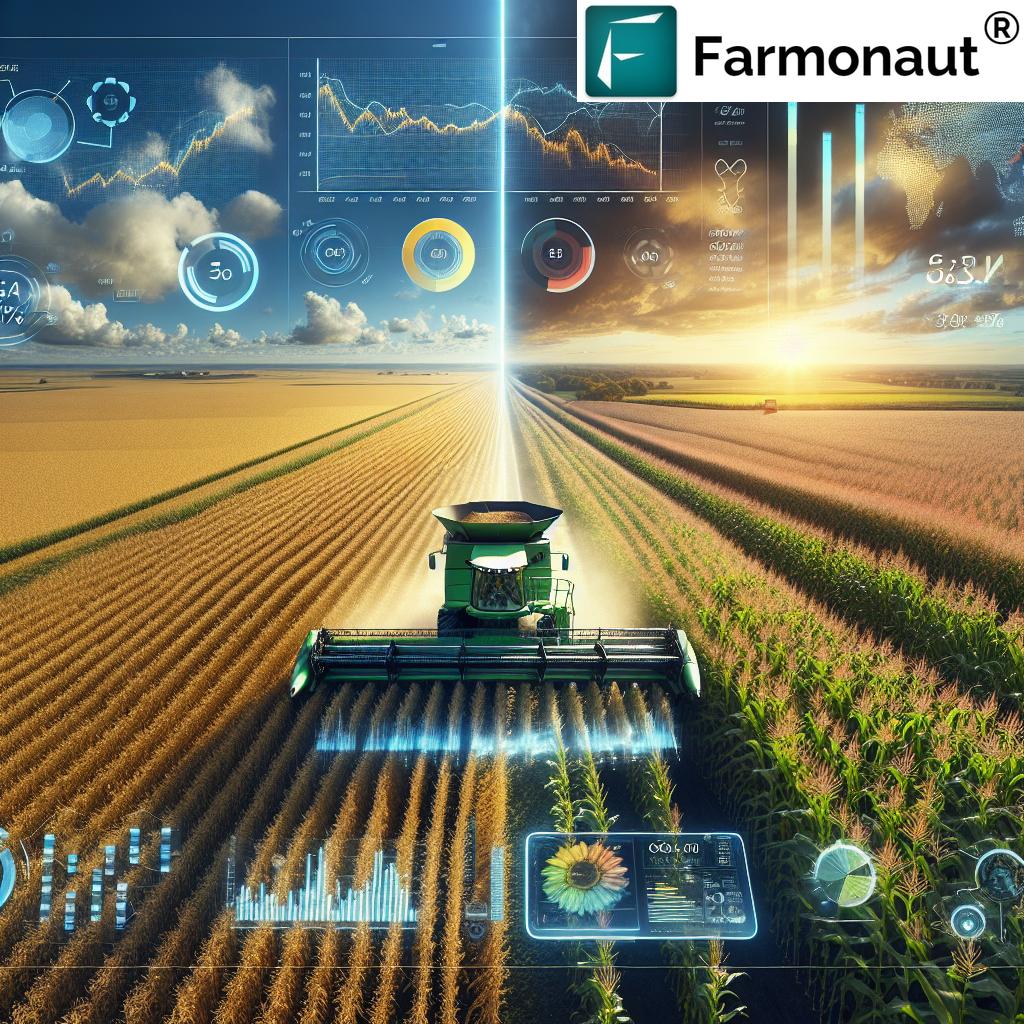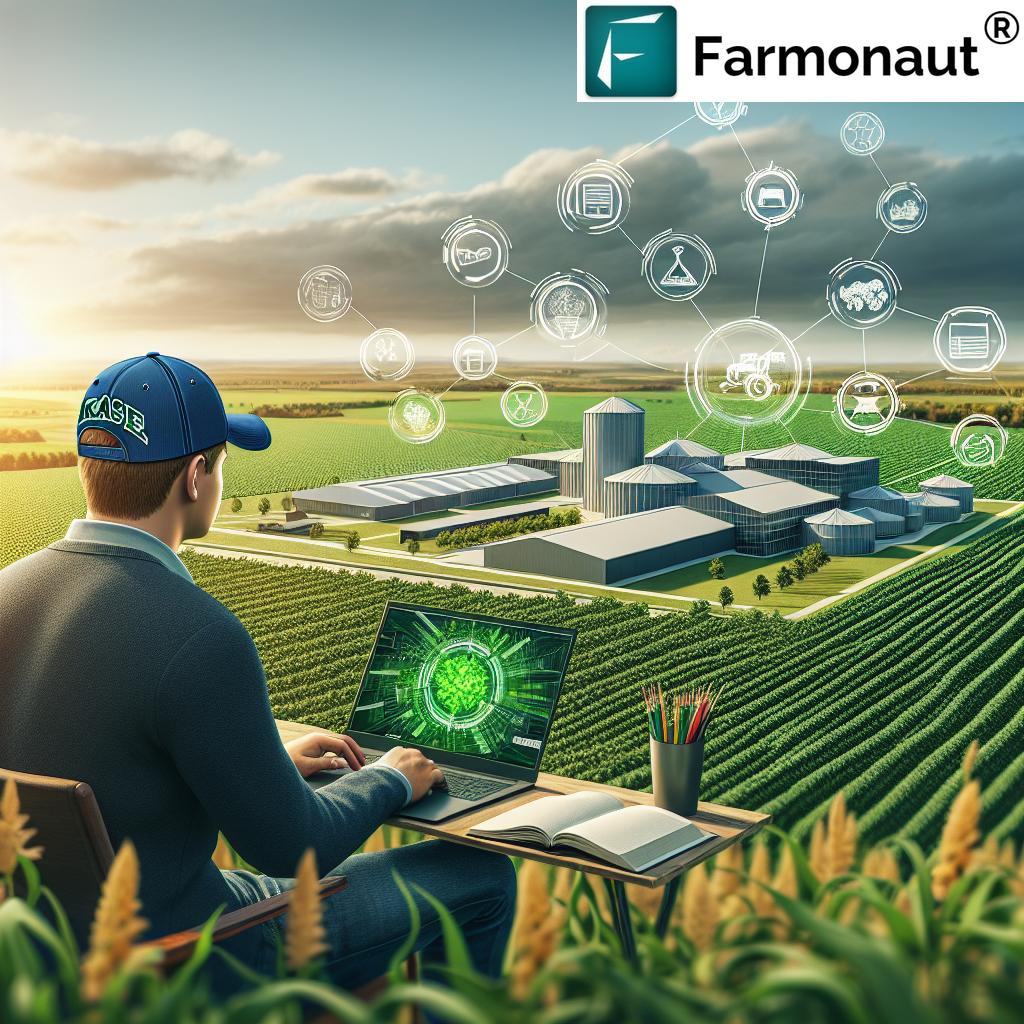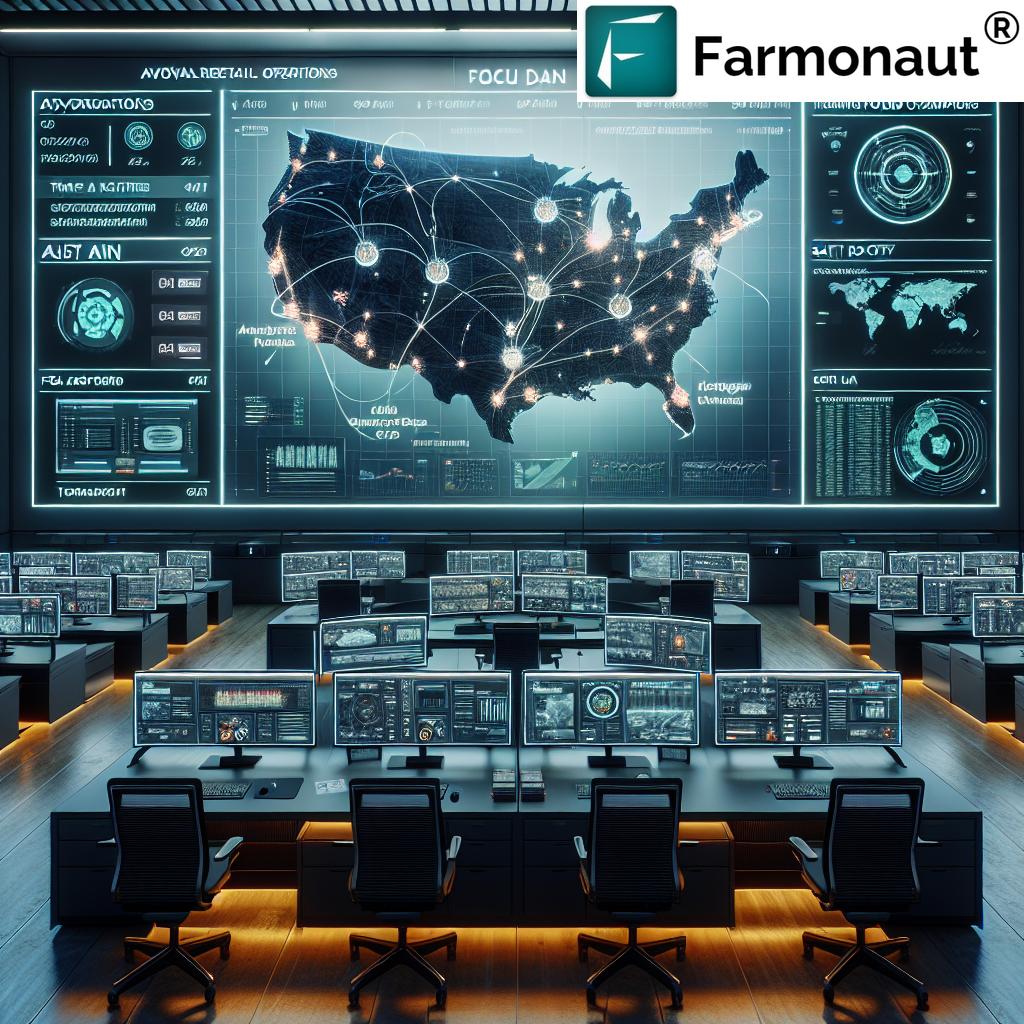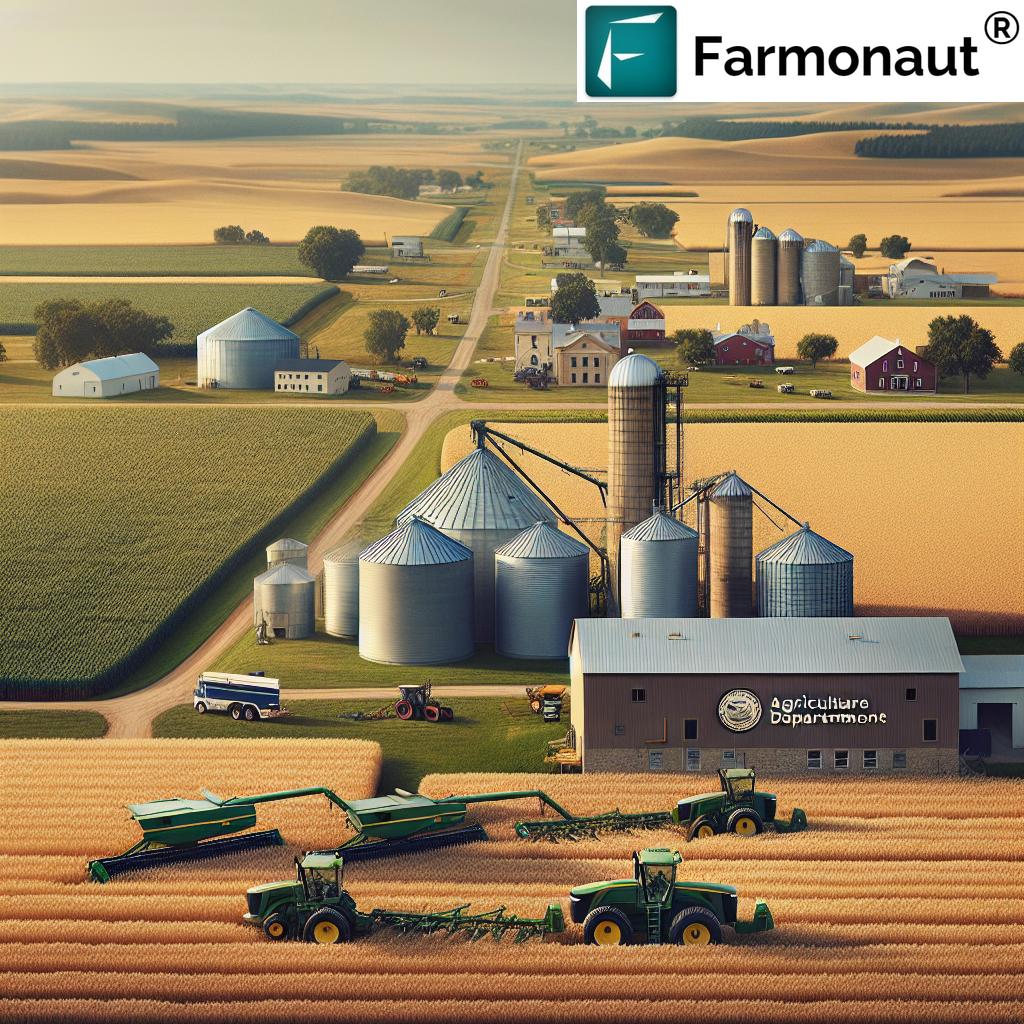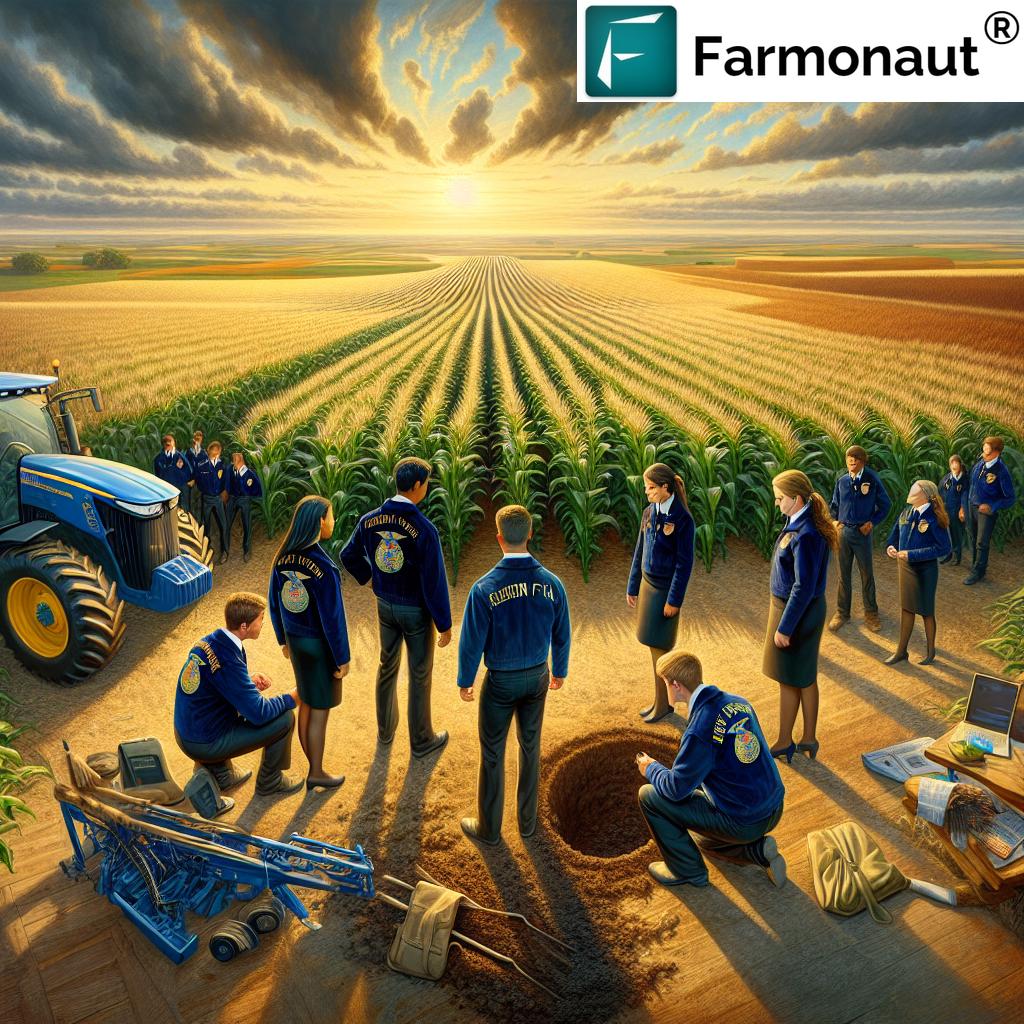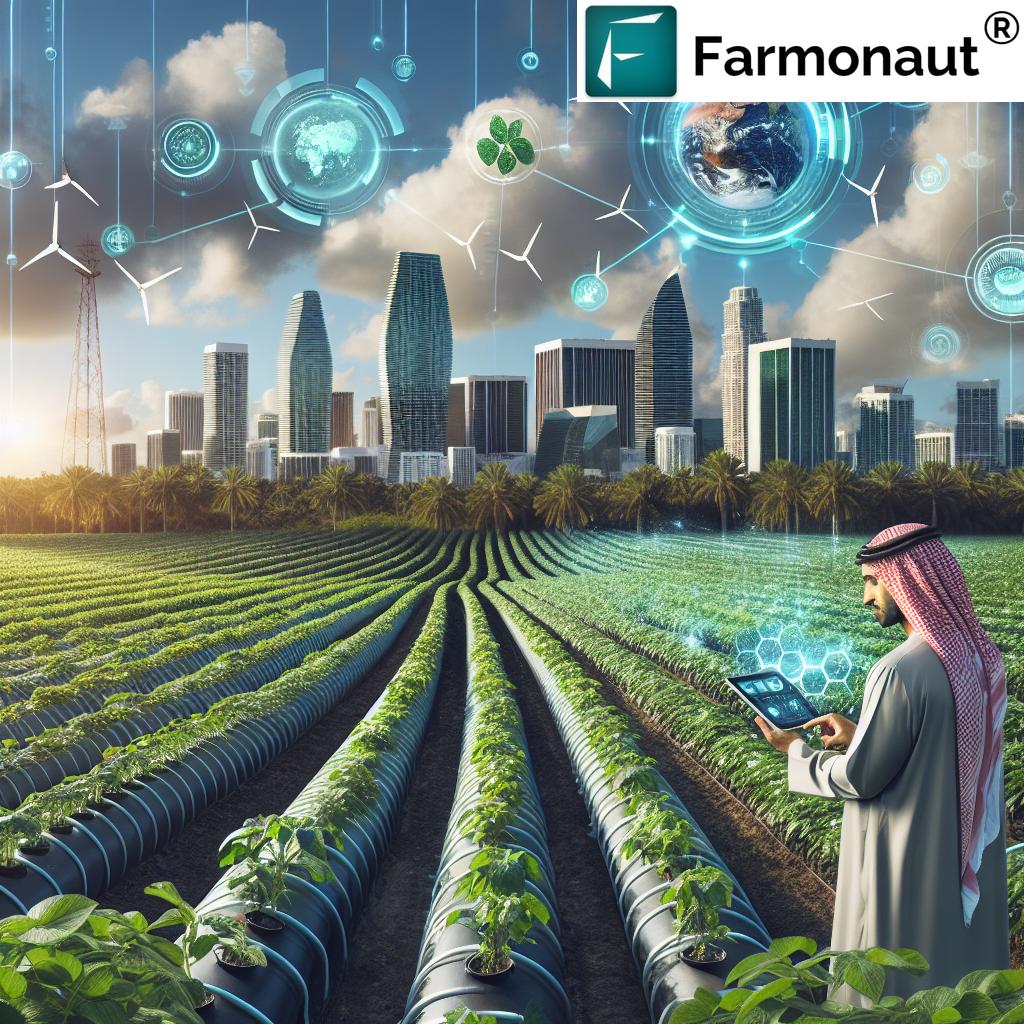US Weather Forecasting Market to Reach $832.2 Million by 2029: Advanced Technologies Drive Growth in Agriculture and Aviation
“The US weather forecasting market is projected to reach $832.2 million by 2029, driven by advancements in agricultural and aviation technologies.”
In an era where precision and foresight are paramount, the United States weather forecasting market is undergoing a remarkable transformation. As we delve into the intricacies of this burgeoning industry, we’ll explore how cutting-edge technologies are reshaping the landscape of weather prediction, particularly in the critical sectors of agriculture and aviation. Our comprehensive analysis will shed light on the market’s trajectory, the innovations driving its growth, and the implications for various industries reliant on accurate weather data.
Market Overview: A Surge in Demand and Innovation
The US weather forecasting system market is on an upward trajectory, with projections indicating a significant leap from USD 620.1 million in 2024 to an impressive USD 832.2 million by 2029. This growth represents a compound annual growth rate (CAGR) of 6.1% during the forecast period, underscoring the increasing importance of precise weather predictions in various sectors of the economy.
Several factors are contributing to this robust market expansion:
- Advancements in agricultural weather forecasting systems
- Innovations in aviation prediction technology
- Upgrades in meteorological equipment
- Growing demand for accurate climate predictions in critical industries
- Integration of AI and machine learning in weather forecasting
These driving forces are not only propelling market growth but also transforming the way we understand and interact with weather data.
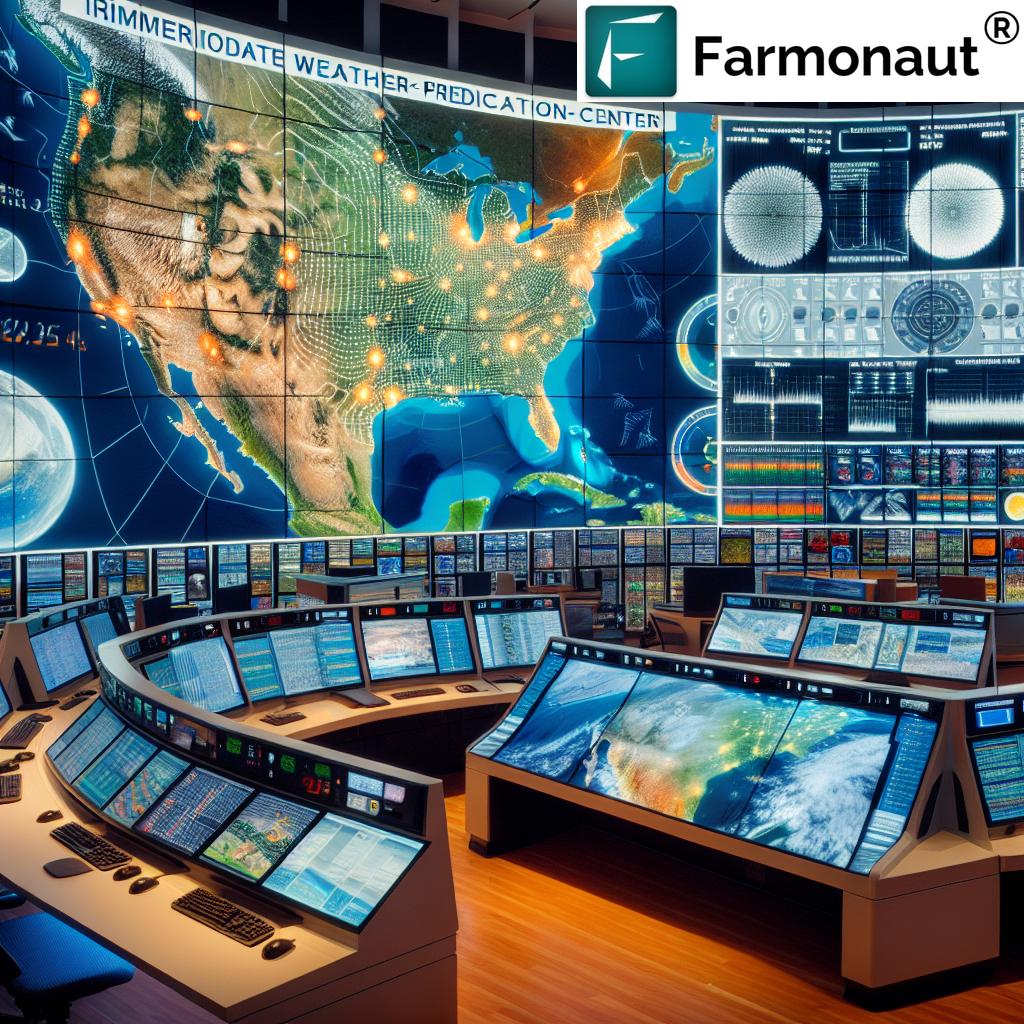
The Agricultural Revolution: Weather Forecasting at the Forefront
The agricultural sector stands as a prime beneficiary of advanced weather forecasting technologies. With the United States Department of Agriculture (USDA) projecting a rise in agricultural exports by 2025, the demand for precise weather predictions has never been more critical. Farmers and agribusinesses are increasingly relying on sophisticated forecasting systems to make informed decisions about planting, irrigation, and harvesting.
Key areas where weather forecasting is making a significant impact in agriculture include:
- Soil moisture content predictions
- Evapotranspiration level forecasts
- Atmospheric temperature and humidity monitoring
- Pest and disease risk assessment based on weather patterns
These advancements are not just improving crop yields; they’re revolutionizing the entire agricultural landscape. For instance, Farmonaut’s crop loan and insurance solutions leverage satellite-based verification to streamline financial processes in agriculture, demonstrating how weather forecasting technologies can have far-reaching implications beyond the field.
Aviation: Navigating the Skies with Precision
As the country with the largest number of airports globally, the United States is at the forefront of integrating advanced weather forecasting systems into its aviation sector. The safety and efficiency of air travel heavily depend on accurate weather predictions, making this segment a significant driver of market growth.
Key developments in aviation weather forecasting include:
- Enhanced upper wind speed and direction predictions
- Precise temperature forecasts at various altitudes
- Advanced turbulence detection systems
- Improved visibility and cloud cover predictions
The Meteorological Office in Washington plays a crucial role in supplying global data on these parameters, underlining the United States’ position as a leader in aviation weather forecasting.
Technological Advancements Driving Market Growth
The rapid evolution of the US weather forecasting market is largely attributed to technological innovations. These advancements are not only improving the accuracy of weather predictions but also expanding the scope of applications across various industries.
AI and Machine Learning: The New Frontier
Artificial Intelligence (AI) and machine learning are revolutionizing weather forecasting. These technologies enable:
- Processing of vast amounts of weather data in real-time
- Identification of complex weather patterns and trends
- Generation of highly accurate short-term and long-term forecasts
- Personalized weather predictions for specific locations and industries
Companies like The Weather Company are at the forefront of this revolution, utilizing AI to provide timely and precise weather predictions crucial for sectors like aviation and agriculture.
Advanced Sensors and Data Collection
The integration of cutting-edge sensors and data collection methods is enhancing the granularity and reliability of weather data. This includes:
- High-resolution satellite imagery for wide-area monitoring
- Ground-based weather stations with advanced sensing capabilities
- Atmospheric profiling using radiosondes and weather balloons
- IoT-enabled devices for localized weather monitoring
These advancements are particularly beneficial for precision agriculture, where accurate local weather data can significantly impact crop management decisions. Farmonaut’s crop plantation and forest advisory services leverage such technologies to provide farmers with actionable insights, demonstrating the practical applications of these innovations.
Big Data Analytics and Supercomputing
The weather forecasting industry is harnessing the power of big data analytics and supercomputing to process and analyze vast amounts of meteorological data. This approach enables:
- More accurate long-range forecasts
- Better prediction of extreme weather events
- Enhanced climate modeling and research
- Customized weather solutions for different industries
The integration of these technologies is not only improving forecast accuracy but also opening new avenues for weather-based decision-making across various sectors.

Market Segmentation: Understanding the Landscape
To better understand the dynamics of the US weather forecasting market, let’s break down its key segments and their projected growth:
| Market Segment | Estimated Market Share (%) in 2023 | Projected Market Share (%) in 2029 | Key Technologies Driving Growth |
|---|---|---|---|
| Agriculture | 25% | 30% | Satellite imagery, AI-driven crop modeling, IoT sensors |
| Aviation | 20% | 22% | Advanced radar systems, turbulence prediction algorithms |
| Meteorology | 35% | 33% | Supercomputing, big data analytics, climate modeling |
| Marine | 10% | 8% | Buoy networks, ocean current modeling |
| Renewable Energy | 5% | 7% | Wind pattern analysis, solar irradiance forecasting |
| Others | 5% | 5% | Various sector-specific technologies |
This segmentation highlights the diverse applications of weather forecasting technologies across different industries, with agriculture and meteorology leading the market share.
The Role of Software in Weather Forecasting
While hardware components form the backbone of weather forecasting systems, software plays an equally crucial role in data processing, analysis, and forecast generation. The software segment of the market includes:
- Data collection and processing software
- Weather monitoring and display software
- Big data analytics software
- Supercomputing software for complex modeling
These software solutions are essential for transforming raw meteorological data into actionable insights. For instance, Farmonaut’s satellite and weather API provides developers and businesses with access to valuable weather data, showcasing how software integrations can extend the reach and utility of weather forecasting systems.
The Impact on Various Industries
“The meteorology subsegment leads the US weather forecasting market, reflecting the growing demand for precise atmospheric data in critical sectors.”
The advancements in weather forecasting technology are having far-reaching implications across various industries:
Agriculture
In agriculture, precise weather forecasts are crucial for:
- Optimizing planting and harvesting schedules
- Efficient irrigation management
- Pest and disease control planning
- Crop yield prediction and management
Technologies like Farmonaut’s carbon footprinting solutions are helping farmers not only optimize their operations but also contribute to sustainable farming practices by monitoring and reducing their environmental impact.
Aviation
For the aviation industry, advanced weather forecasting enables:
- Enhanced flight safety through better turbulence prediction
- Fuel efficiency improvements with accurate wind forecasts
- Reduced delays and cancellations due to weather-related issues
- Optimized route planning for long-haul flights
Renewable Energy
In the renewable energy sector, weather forecasting is critical for:
- Predicting solar energy generation potential
- Optimizing wind farm operations
- Planning maintenance schedules for renewable energy installations
- Grid management and energy demand forecasting
Transportation and Logistics
The transportation industry benefits from weather forecasting through:
- Improved route planning for road and rail transport
- Better preparedness for extreme weather events
- Enhanced safety measures for cargo shipping
- Optimized scheduling for delivery services
Farmonaut’s fleet management solutions showcase how weather data can be integrated into logistics operations, improving efficiency and safety in transportation.
Challenges and Future Outlook
Despite the significant advancements and growth projections, the US weather forecasting market faces several challenges:
- Data integration and standardization across different platforms and sources
- Balancing the need for localized, high-resolution forecasts with broader regional predictions
- Addressing the computational demands of increasingly complex weather models
- Ensuring the reliability and accuracy of AI-driven forecasting systems
However, the future outlook remains promising. Ongoing research and development in areas such as quantum computing, advanced satellite technologies, and improved AI algorithms are expected to address many of these challenges. The integration of weather forecasting with other emerging technologies, such as autonomous vehicles and smart city infrastructure, will likely open new market opportunities.
The Role of Market Leaders
Key players in the US weather forecasting market are driving innovation and growth. Companies like The Weather Company, AccuWeather, Inc., DTN, OTT Hydromet, and Campbell Scientific are at the forefront of developing and deploying advanced forecasting technologies. Their focus on innovation is crucial in enhancing the accuracy and functionality of weather prediction systems.
These market leaders are investing heavily in:
- Research and development of new forecasting algorithms
- Integration of AI and machine learning into existing systems
- Development of user-friendly interfaces for data visualization
- Collaborations with academic institutions for cutting-edge research
The presence of these established players, along with innovative startups, is fostering a competitive environment that drives continuous improvement and innovation in the weather forecasting industry.
Implications for Policy and Decision Making
The advancements in weather forecasting technology have significant implications for policy-making and strategic decision-making across various sectors:
- Government agencies can better prepare for and respond to natural disasters
- Agricultural policies can be more adaptive to changing climate patterns
- Energy sector planning can be more aligned with weather-dependent renewable sources
- Urban planning and infrastructure development can account for long-term climate trends
As weather forecasting becomes more precise and far-reaching, it’s increasingly becoming a critical tool for long-term planning and risk management across industries and government sectors.
Sustainability and Environmental Impact
Advanced weather forecasting systems are playing a crucial role in addressing environmental challenges and promoting sustainability:
- Improved climate modeling for better understanding of global warming trends
- Enhanced ability to predict and mitigate the impacts of extreme weather events
- Support for sustainable agriculture practices through precise weather-based farming advisories
- Optimization of renewable energy production and distribution
Farmonaut’s large-scale farm management solutions demonstrate how advanced weather forecasting can be integrated into sustainable agricultural practices, helping farmers optimize resource use and reduce environmental impact.
Conclusion: A Weather-Wise Future
As we look towards 2029, the US weather forecasting market is poised for significant growth and transformation. The projected market value of $832.2 million reflects not just financial growth, but a deeper integration of weather forecasting into critical sectors of the economy and society. From agriculture to aviation, from renewable energy to urban planning, accurate and timely weather predictions are becoming indispensable.
The advancements in AI, machine learning, satellite technology, and big data analytics are not just improving the accuracy of forecasts; they’re expanding the very scope of what’s possible in weather prediction. As these technologies continue to evolve, we can expect even more sophisticated, localized, and actionable weather insights that will drive decision-making across industries.
For businesses, governments, and individuals alike, staying abreast of these developments in weather forecasting technology will be crucial. The ability to harness accurate weather data and integrate it into strategic planning and daily operations will become a key differentiator in many sectors.
As we navigate the challenges of climate change and increasing weather variability, the importance of robust, advanced weather forecasting systems cannot be overstated. The growth of this market is not just a trend; it’s a necessity for a more resilient, efficient, and sustainable future.
FAQ Section
Q: How is AI changing weather forecasting?
A: AI is revolutionizing weather forecasting by processing vast amounts of data quickly, identifying complex patterns, and generating more accurate short-term and long-term predictions. It’s enabling more personalized and localized forecasts.
Q: What role does satellite technology play in modern weather forecasting?
A: Satellite technology provides wide-area monitoring, high-resolution imagery, and atmospheric data crucial for accurate weather predictions. It’s especially valuable for tracking large weather systems and monitoring areas with limited ground-based sensors.
Q: How is the agriculture sector benefiting from advanced weather forecasting?
A: Agriculture benefits through improved crop management, optimized irrigation, better pest control planning, and more accurate yield predictions. Advanced forecasting helps farmers make informed decisions about planting, harvesting, and resource allocation.
Q: What are the key challenges facing the weather forecasting industry?
A: Key challenges include data integration across different platforms, balancing localized and regional forecasts, meeting high computational demands, and ensuring the reliability of AI-driven systems.
Q: How is weather forecasting contributing to sustainability efforts?
A: Weather forecasting supports sustainability by improving climate modeling, optimizing renewable energy production, enhancing disaster preparedness, and promoting efficient resource use in agriculture and other sectors.
Earn With Farmonaut
Earn 20% recurring commission with Farmonaut’s affiliate program by sharing your promo code and helping farmers save 10%. Onboard 10 Elite farmers monthly to earn a minimum of $148,000 annually—start now and grow your income!
Farmonaut Subscriptions





